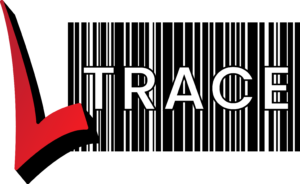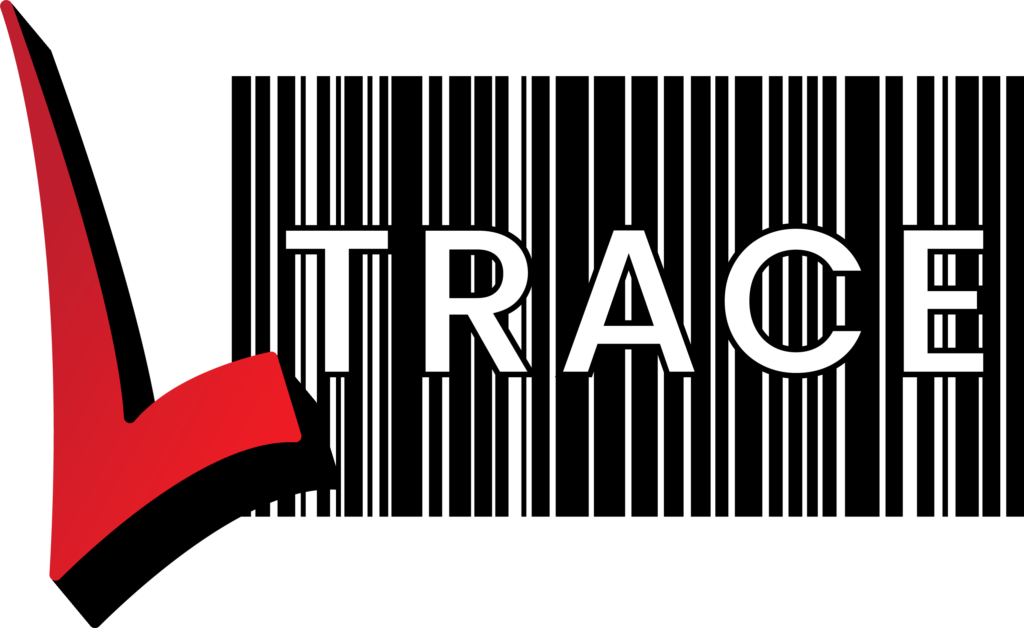Current issues in knowing the true cost of a procedure
In most hospitals there is no understanding of the true cost of sterilisation for a particular procedure. Instead CSSD is either an overhead that is spread across everything, or an inaccurate method is used to estimate the cost. These methods include:
- A fixed fee
- A fee based on time in theatre
- Not charging
For public hospitals, this isn’t a major financial issue, but it does have the problem that CSSD is just seen as a cost centre.
For private hospitals, it has more implications. It may mean that they are losing money on some procedure types, or favouring expensive procedures over more profitable ones. It may mean some patients are paying more to subsidise other patients.
It also has implications in the decision between reusable and single use instruments.
A better model
With LTrace, since items are scanned to the patient, it is very easy to work out the true cost of the procedure. It is simply the cost of the items that are used on the day.
Since sterilised items are accurately being recorded against the patient it is logical that this informatio be used to determine the sterilisation cost for the procedure.
The next step is determining the best way to record the cost of consumables and other items.
Opt-in versus opt-out
LTrace is an “opt-in” based invoicing system. That is, the staff decide which items are added to the invoice. This happens automatically when they scan an item to the patient, but it is only the items that are scanned that are included.
The alternative is an “opt-out” system where you start with a list of possible items and you remove what isn’t used. The benefit of the opt-out arrangement for theatre is that there are typically the minimum list of items that are used every time. This is the quickest method to ensure a large list of items is included.
In reality, both are typically used.
With an “opt-out” arrangement, this is the starting point. Items can be removed and additional items can be added.
Which really just means that an “opt-out” system is your starting point, and all changes are on an “opt-in” basis.
The risk with an “opt-out” system is that staff won’t make the changes, and are satisfied with the default list.
Consumable costs
There is no single solution for how consumable costs are recorded.
This is functionality found in many patient management systems. The same system can also be used for tracking sterilised items, but usually isn’t because of the time involved and errors.
LTrace could be used and there are two ways that it could be easily implemented:
- Scan a barcode to add an item
- Select items for a list
The challenge with barcodes
Most consumables won’t have a barcode on them (because it is on the original box, and the individual items have been removed), or the barcode is too small or difficult to identify (some boxes have dozens of barcodes). This means that we would recommend alternative solutions for most consumable items. These alternatives include:
- a barcode on the shelf with the consumable items
- a sheet or sheets of barcodes of the common items which is located next to the computer.
- print a barcode and place it on the item. This effectively means it is treated the same as a sterilised item. This is a good solution for the more expensive items.
The ideal
Each option has its advantages and disadvantages. Our goal is to have a workable solution that is
- quick,
- easy to follow,
- minimises errors,
- easy to maintain
If we can achieve all of these then staff are more likely to do it.
It may be a combination of methods that are used.
Calculating the true cost of sterilisation
Which then just leaves us with one more step, calculating the true cost of a sterilised item.
Since that’s a big step, I’ve left it for another post. You can read that one here.

